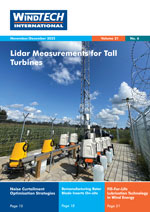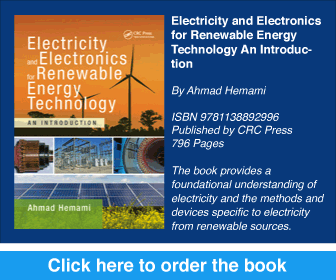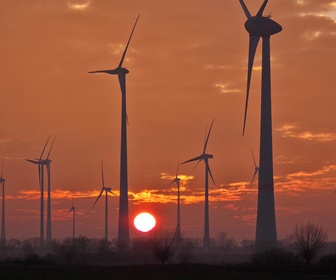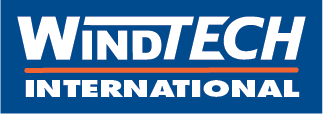Sixteen partners from the European offshore renewable energy sector have launched project OESTER (Offshore Electricity Storage Technology Research) to accelerate the development of offshore electricity storage. The three-year initiative aims to address key challenges in system integration and demonstrate the benefits of storage technologies.
Offshore wind farms face issues like grid congestion, energy curtailment, and price drops from oversupply. Storage solutions could help stabilise the system, improving energy utilisation and financial viability. OESTER focuses on maturing, de-risking, and validating offshore storage solutions across technical, economic, environmental, and societal aspects.
The project will explore:
- Short-term storage – batteries in wind turbine monopiles (Verlume)
- Medium-term storage – compressed air (FLASC) and underground pumped hydro (Ocean Grazer) within wind farms
- Long-term storage – offshore electrolysers converting electricity into hydrogen (Battolyser)
Preliminary Front-End Engineering Designs (FEED) and digital twin simulations will optimise system performance at GW scale. By integrating storage into offshore wind farms, OESTER aims to create advanced energy hubs, combining wind and storage to enhance grid stability.
The project is funded under the Netherlands Enterprise Agency’s Mission-driven Research, Development, and Innovation (MOOI) framework. Partners include wind developers RWE, Vattenfall, APG, SSE; storage developers Verlume, Flasc, Battolyser Systems, Ocean Grazer; offshore energy specialists DMEC, SeaWay7; research institutions Deltares, University of Groningen, and TNO (project coordinator); legal firm New Ground Law, and industry group Energy Storage NL.










